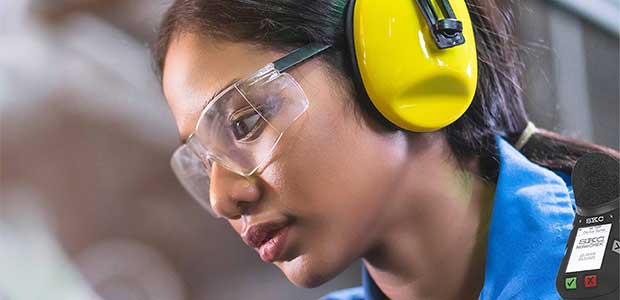
Noise Surveys from the Trenches
Make tackling hazardous noise easier with the right tools and knowledge.
- By Lucinette Alvarado
- Sep 01, 2022
As industrial hygienists, we anticipate, recognize, evaluate and control many agents (chemical, biological and physical) that can affect the lives of workers. Noise is one of the most ubiquitous of these and a nemesis of many OEHS professionals. In my 15-year industrial hygiene career, I have performed hundreds of occupational noise evaluations and am happy to share my perspective to help promote a better understanding of workplace noise hazards, noise risk assessment with monitoring and how to choose the best tools.
With approximately 22 million workers exposed to hazardous noise each year, it is not necessarily a challenge to identify occupations at risk for hearing loss. Employees in agriculture, manufacturing, mining, oil and gas extraction, transportation, utilities and related industries are at particularly high risk of hearing loss due to equipment used, inherent risks and specific environments. An exposure and compliance benchmark used by OEHS professionals in the U.S. is what OSHA and the National Institute of Occupational Safety and Health (NIOSH) considers loud, hazardous noise at 85 decibels (dB) or higher, or if a person must raise his/her voice to speak with someone at arm’s length (approximately three feet away). If only noise exposure assessment was as simple as comparing exposures to a benchmark!
The noise level most likely to induce hearing loss and the occupations at highest risk have been determined from scientific evidence and studies. But the line from that noise level to performing actual noise surveys is not linear. Structuring a noise survey appropriate to local work environments is the real challenge and determining strengths and applicability of data from each measuring instrument is key. Let’s start with a look at noise measurement through the tools of sound level meters and noise dosimeters.
Noise Surveys – The Available Tools
Sound Level Meters (SLMs). Handheld SLMs are used to measure the noise level of a specific task and/or area and are offered in Class 1 and 2. The OEHS professional remains in the area to be monitored while workers perform their tasks.
This article originally appeared in the September 1, 2022 issue of Occupational Health & Safety.